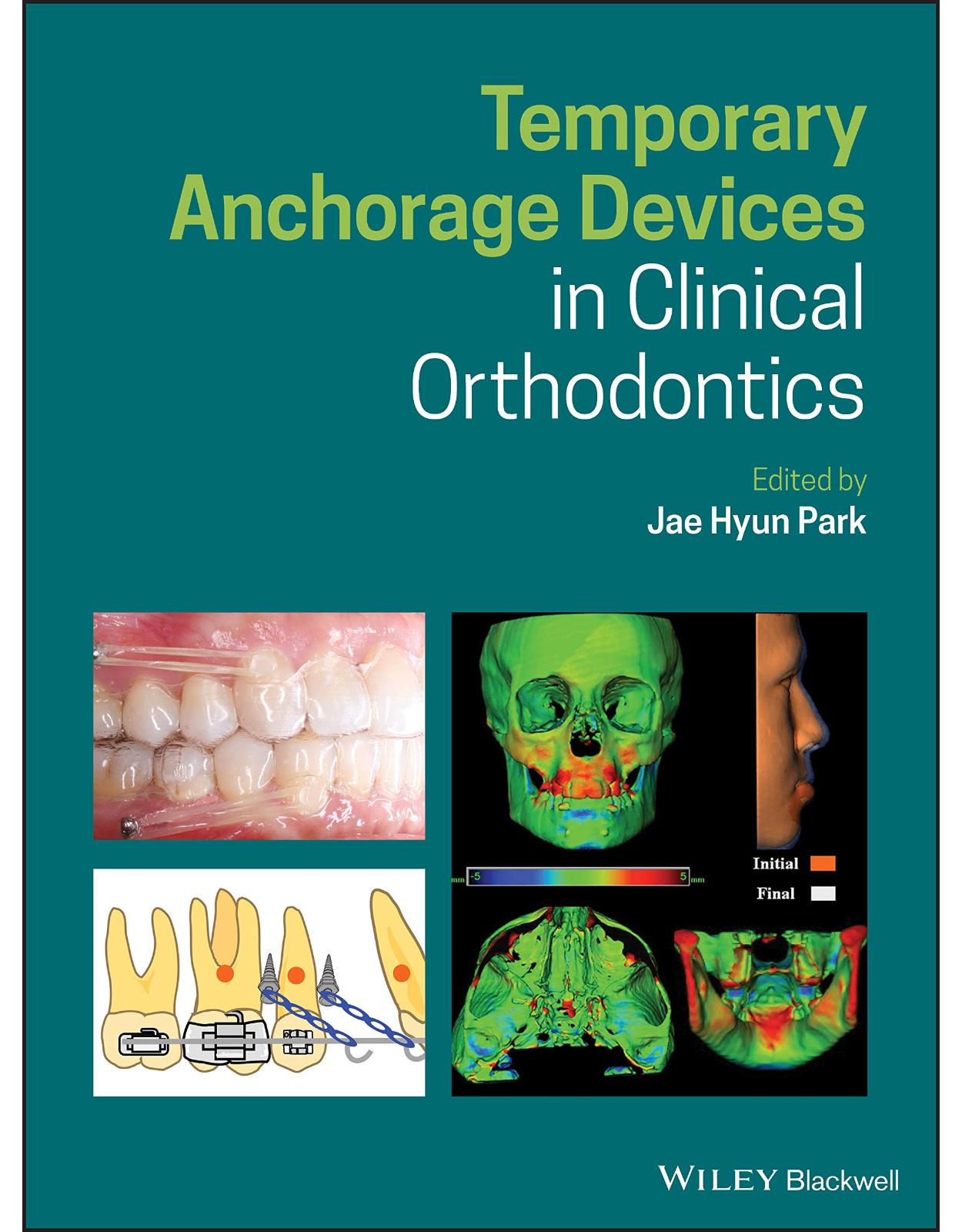
Temporary Anchorage Devices in Clinical Orthodontics
Livrare gratis la comenzi peste 500 RON. Pentru celelalte comenzi livrarea este 20 RON.
Disponibilitate: La comanda in aproximativ 4 saptamani
Autor: Jae Hyun Park
Editura: Thieme Medical Publisher
Limba: Engleza
Nr. pagini: 808
Coperta: Hardcover
Dimensiuni: 21.34 x 3.81 x 27.18 cm
An aparitie: 2 April 2020
Description:
Provides the latest information on all aspects of using temporary anchorage devices in clinical orthodontics, from diagnosis and treatment planning to appliances and applications
Written by some of the world’s leading experts in orthodontics, Temporary Anchorage Devices in Clinical Orthodontics is a comprehensive, up-to-date reference that covers all aspects of temporary anchorage device (TAD) use in contemporary orthodontics. Taking a real-world approach to the subject, it covers topics ranging from diagnosis and treatment planning to the many applications and management of complications. Case studies demonstrate the concepts, and high-quality clinical photographs support the text throughout.
The book begins with an overview of clinical applications and fundamental principles of TADs. It then goes on to cover biomechanical considerations for controlling target tooth movement with TADs. Biomechanical simulations for various clinical scenarios treated with TADs are addressed next, followed by an examination of histological aspects during the healing process and anatomical considerations with TADs. Other chapters cover: Class II Correction with TADs, Distalization with TADs, TAD-anchored Maxillary Protraction, Maxillary Expansion with TADs, Anterior Open Bite Correction with TADs, TAD-assisted Aligner Therapy, TADs vs. Orthognathic Surgery; Legal Considerations When Using TADs; and much more.
Provides evidence-based information on the use of TADs, with a focus on improving outcomes for patients
Considers topics ranging from diagnosis and treatment planning to specific clinical applications and appliances
Takes a real-world clinical approach, with case studies demonstrating concepts
Written by international experts in the field
Presents hundreds of high-quality clinical photographs to support the text
Table of Contents:
Section I: Fundamental Perspectives on TADs
1 An Overview of Clinical Applications for Temporary Anchorage Devices (TADs)
1.1 Corrections in the Anteroposterior Dimension
1.2 Corrections in the Vertical Dimension
1.3 Corrections in Transverse Dimensions
1.4 Future Directions
References
2 Biomechanical Considerations for Controlling Target Tooth Movement with Mini‐implants
2.1 The CR for the Anterior Segments in Extraction Cases
2.2 Vertical Control Using Mini‐implants to Retract Anterior Teeth
2.3 Biomechanical Considerations for Total Arch Movement
2.4 Vertical Control of Maxillary and Mandibular Dentition
2.5 Conclusions
References
3 Biomechanical Simulations for Various Clinical Scenarios Treated with TADs
3.1 Introduction
3.2 Anteroposterior Space Closure
3.3 Vertical Control
3.4 Transverse Correction
3.5 Potential Complications and Limitations
3.6 Acknowledgments
References
4 Histological Aspects During the Healing Process with TADs
4.1 Introduction
4.2 Healing Process with Prosthetic Implants and TADs
4.3 Histomorphometric Parameters of Bone Surrounding TADs During Healing
4.4 Histological Effects and Change of Histomorphometric Parameters After Application of Orthodontic Force on TADs
4.5 Conclusions
References
5 The Effects of TADs on the Alveolar Bone
5.1 The History of TADs
5.2 Biological Response to Orthodontic TADs
5.3 Factors that Predict Implant Stability
5.4 Commonly Prescribed Drugs that May Affect the Stability of TADs
5.5 Conclusions
5.6 Acknowledgments
References
6 Mechanical Aspects of TADs
6.1 Mechanical Analysis of TADs in Artificial Bone
6.2 Insertion and Removal Torque
6.3 Stiffness Values (Static Stiffness, Dynamic Stiffness, and Energy Dissipation)
6.4 Periotest Value (PTV)
6.5 Resonance Frequency Analysis (RFA Value)
6.6 Mechanical Aspects of TADs in Pig Bone (Comparison with Morphological Analysis)
6.7 Mechanical Properties of TADs in Different Cortical Bone Thickness
6.8 Mechanical Properties of TADs with Different Root Proximities
6.9 Correlation Between Clinical and Mechanical Values with Different Cortical Bone Thickness
6.10 Failure Factors in Clinical Cases
6.11 Mechanical Aspects of TADs in Clinical Studies (Self‐drilling vs. Drilling)
6.12 Relationship Between Clinical (Periotest) and Morphological (CBCT) Values
6.13 Conclusions
References
7 Factors Affecting the Failure of TADs and Efforts to Improve the Biomechanical Stability of TADs
7.1 Introduction
7.2 Major Factors Affecting the Stability of Miniscrew Implants
7.3 Morphological Factors that Affect the Stability of Miniscrew Implants
7.4 Surface Topography
7.5 Efforts to Improve the Biomechanical Stability of TADs
References
8 TADs and Successful Clinical Outcomes
8.1 Introduction
8.2 Diagnosing Patients Who Require TADs
8.3 Clinical Decision Making
8.4 Conclusions
References
9 Clinical, Mechanical, and Diagnostic Indices for the Placement of TADs
9.1 Introduction
9.2 Patient Age and Waiting Time Before Force Application
9.3 Optimal Placement Torque
9.4 Optimal TAD Design
9.5 Root Contact in the Posterior Alveolar Bone Region
9.6 Anatomical Evaluation of Placement Sites
9.7 TADs in the Median Palate
9.8 Mechanical Evaluation of Placement Sites
9.9 Conclusions
References
10 Considerations for the Placement of TADs
10.1 Introduction
10.2 TAD Placement Considerations
10.3 TAD Success, Limitations, and Complications
10.4 Conclusions
References
11 Understanding Implant Sites for TADs
11.1 Introduction
11.2 Maxilla
11.3 Mandible
11.4 Conclusions
11.5 Acknowledgments
References
12 Palatal TADs: Anatomical Considerations
12.1 Introduction
12.2 Palatal Bone Thickness
12.3 Palatal Bone Density
12.4 Palatal Soft Tissue Thickness
12.5 Conclusions
References
13 Implant Site Selection
13.1 Introduction
13.2 Indication vs. Anatomy
13.3 The Indication‐driven Approach
13.4 The Anatomy‐driven Approach
13.5 Factor: Cortical Bone Thickness
13.6 Factor: Dental Roots
13.7 Factor: Bone Depth
13.8 Factor: Soft Tissue
13.9 Exceptions to the Rule
13.10 Summary
References
Section II: Three‐dimensional Correction with TADs
Anteroposterior Correction
14 Treating Skeletal Class II Hyperdivergent Patients: A Structured Decision‐making Process
14.1 Introduction
14.2 Data Gathering and Diagnosis
14.3 Treatment Objectives and Planning
14.4 Treatment Implementation and Management
14.5 Outcomes Assessments
14.6 Conclusions
References
15 Class II Correction with Skeletal Anchorage and Forsus
15.1 One Phase vs. Two Phases in Class II Treatment
15.2 Biomechanics and Effects of Forsus Appliance Treatment
15.3 Skeletal Anchorage with Forsus
15.4 Conclusions
References
16 Distalization of Maxillary and Mandibular Molars with TADs
16.1 Introduction
16.2 Maxillary Molar Distalization Using TADs
16.3 Mandibular Molar Distalization Using TADs
16.4 Conclusions
References
17 Effective Treatment of Class II Malocclusion with the TAD‐supported amda®
17.1 Introduction
17.2 The TAD‐supported Advanced Molar Distalization Appliance (amda®)
17.3 Clinical Applications of amda®
17.4 Discussion
17.5 Conclusions
References
18 The Use of TADs with a Wilson Distalizing Arch
18.1 Introduction
18.2 Wilson Bimetric Distalizing Arch
18.3 Conclusions
18.4 Acknowledgements
References
19 The Use of TADs to Correct Challenging Class II Sagittal Discrepancies
19.1 Introduction
19.2 Conclusions
References
20 Dentofacial Orthopedics for Class III Corrections with Bone‐anchored Maxillary Protraction
20.1 Introduction
20.2 Bone‐anchored Maxillary Protraction (BAMP)
20.3 Class III Treatment Philosophy
References
21 TAD‐anchored Maxillary Protraction
21.1 Introduction
21.2 TAD‐anchored Maxillary Protraction
21.3 Types of TAD‐anchored Maxillary Protraction
21.4 Conclusion
References
22 Protraction Headgear with Surgical Miniplates
22.1 Introduction
Efficiency of the Chewing Pattern
Treatment Modality for Facial Anomaly
22.2 Conclusions
References
Transverse Correction
23 Total Arch Distalization and Control of Transverse Discrepancy with TADs:
23.1 Total Arch Distalization with Vertical Temporary Anchorage Devices (TADs)
23.2 Control of Transverse Discrepancy Using TADs
23.3 Conclusions
23.4 Acknowledgments
References
24 Maxillary Expansion in Skeletally Mature Patients with TADs
24.1 Introduction
24.2 Conclusions
References
25 Maxillary Expansion with TADs in Young Adults
25.1 Introduction
25.2 Maxillary Expansion with MSEs
25.3 Skeletal and Dentoalveolar Response to MSE
25.4 Conclusions
25.5 Acknowledgments
References
26 TAD‐assisted Naso‐maxillo‐pharyngeal Expansion
26.1 Introduction
26.2 Design and Activation Protocol of Microimplant‐assisted RMEs
26.3 Three‐dimensional Changes after Microimplant‐assisted RME
26.4 Conclusions
References
27 Scissor Bite Correction with TADs
27.1 Introduction
27.2 Conclusions
References
Vertical Correction
28 Clinical Outcomes with TADs and Conventional Mechanics in Adult Skeletal Open Bite and Class II Patients
28.1 Treatment Methods in Open Bite (Conventional Methods)
28.2 Treatment Methods for Open Bite (with the use of TADs)
28.3 Comparison of Treatment Outcomes With and Without the Use of TADs
28.4 Stability of Open Bite Cases
28.5 Adult Class II Cases
28.6 Conclusions
28.7 Acknowledgments
References
29 Control of Vertical Dimension and Chin Position in Class II Malocclusion with Miniscrew Implants
29.1 Introduction
29.2 Normal Skeletal Changes with Growth
29.3 Significance of the Vertical Dimension in Orthodontic Therapy
29.4 Conventional Orthodontic Treatment Approaches
29.5 Surgical Correction of an Increased Vertical Dimension
29.6 Contemporary Orthodontic Treatment Approaches
29.7 General Goals of Class II Treatment
29.8 Class II Hyperdivergent Patients
29.9 Estimation of Posterior Intrusion vs. Bite Closure
29.10 Retention Protocol Following Treatment
29.11 What Did We Learn from This Treatment Approach?
29.12 Conclusions
References
30 Anterior Open Bite Correction with One Midpalatal TAD
30.1 Introduction
30.2 Midpalatal TAD and Intrusion TPA
30.3 Combination of a Midpalatal TAD and an Intrusion TPA with Multiloop Edgewise Archwire (MEAW) Technique
30.4 Conclusions
30.5 Acknowledgments
References
31 Treatment of Open Bite with TADs: The Nature of Molar Intrusion and Relapse
31.1 Introduction
31.2 Materials and Methods
31.3 Results
31.4 Treatment Cases
31.5 Discussion
31.6 Conclusions
References
32 Double Arch Intrusion: Effective Use of TADs to Correct Vertical Excess
32.1 Introduction
32.2 Conclusions
References
Section III: Clinical Applications of TADs
33 Three‐dimensional Application of Orthodontic Miniscrews and Their Long‐term Stability
33.1 Transverse Control – Maxillary Expansion
33.2 Sagittal Control – Molar Distalization
33.3 Vertical Control – Molar Intrusion
33.4 Conclusions
References
34 Tweed–Merrifield Directional Force Technology with TADs
34.1 Introduction
34.2 Directional Force Treatment Using TADs – Four Steps
34.3 Conclusion
34.4 Acknowledgments
References
35 Non‐extraction Treatment of Class II Hyperdivergent Patients with Orthodontic Mini‐implants
35.1 Introduction
35.2 Six Keys to Non‐extraction Treatment
35.3 Consideration of Biomechanics
35.4 Conclusions
References
36 Clinical Application of Palatal TADs
36.1 Introduction
36.2 Components of the Lim Plate System
36.3 Placement Site for the Lim Plate System
36.4 Placement Procedure of Lim Plate System
36.5 Discussion
36.6 Conclusion
References
37 Management of Missing Teeth with C‐implants
37.1 Introduction
37.2 The C‐implant System for a Provisional Restoration
37.3 Conclusions
References
38 Indirect Miniscrew Anchorage for Adjunctive Orthodontic Treatment
38.1 Introduction
38.2 Discussion: Stability of Indirect Anchorage for Orthodontic Treatment
38.3 Conclusion and Clinical Implications
References
39 TADs for Limited Orthodontic Treatment
39.1 Introduction
39.2 TADs for Molar Intrusion
39.3 TADs for Uprighting Mandibular Molars
References
40 Uprighting Impacted Mandibular Second Molars with a Cantilever System Using TADs
40.1 Etiology
40.2 Temporary Anchorage Devices (TADs) and Appliance Design
40.3 Severity of Impaction and Biomechanics
40.4 Attachment Bonding Knob and Bite Raising
40.5 Skeletal Cantilever
40.6 Conclusions
References
41 Orthodontic Treatment of TMD Patients with Posterior Intrusion Using TADs
41.1 Introduction
41.2 Conclusions
References
42 Insights to Extraradicular Bone Screw Applications for Challenging Malocclusions
42.1 Introduction
42.2 Mandibular Buccal Shelf
42.3 Application of MBS Bone Screws
42.4 Application of IZC Bone Screws
42.5 Application of Ramus Bone Screws
42.6 Conclusions
42.7 Acknowledgments
References
43 The Biomechanics of Extra‐alveolar TADs in Orthodontics
43.1 Introduction
43.2 Indications
43.3 Characteristics of Miniscrews
43.4 Placement Techniques
43.5 Magnitude of the Force Applied
43.6 Benefits
43.7 Precautions
43.8 Final Considerations
References
44 A New and Innovative TAD System for Improved Stability and Versatility
44.1 Advantages of Extra‐alveolar Temporary Anchorage Device (TAD) Placement
44.2 Anatomical Areas (Non‐palatal) with the Best Quality and Quantity of Bone to Increase Mini‐implant Stability
44.3 A New TAD System and the Advantages of Long Mini‐implants vs. Conventional Mini‐implants
44.4 Conclusions
References
45 Palatal and Ramal Plate Applications
45.1 Introduction
45.2 Modified C‐Palatal Plate (MCPP)
45.3 Ramal Plates
45.4 Conclusions
References
46 Miniscrews vs. Miniplates
46.1 Introduction
46.2 Insertion and Patient Comfort
46.3 Advantages of Miniplates
46.4 Which are Better – Miniscrews or Miniplates?
46.5 Intra‐arch Mechanics
46.6 The Special Case for “Surgery‐first” Orthodontics
46.7 Conclusions
References
47 Progress of Anchorage in Lingual Orthodontic Treatment
47.1 History of Lingual Orthodontic Treatment
47.2 Types of Conventional Anchorage in Lingual Orthodontic Treatment
47.3 Use of Skeletal Anchorage in Lingual Orthodontic Treatment
47.4 Summary
References
48 Biomechanics of Lingual Orthodontics and TADs
48.1 Introduction
48.2 Procedures for MAAS Placement
48.3 Discussion
48.4 Conclusions
References
49 TADs with a Fully Customized CAD‐CAM Lingual Bracket System
49.1 Features of a Fully Customized CAD‐CAM Lingual Bracket System
49.2 Vertical and Horizontal Bowing Effects in Lingual Orthodontic Treatment
49.3 Summary of Insertion Sites for TADs with Fully Customized CAD‐CAM Lingual Bracket Appliances
References
50 TAD‐assisted Lingual Retractors
50.1 Introduction
50.2 The C‐lingual Retractor System with a C‐palatal Plate
50.3 Anteroposterior Lingual Retractor
50.4 Conclusion
References
51 TADs and Invisalign
51.1 Introduction
51.2 Conclusions
References
52 The Use of TADs with Clear Aligners for Asymmetry Correction
52.1 Introduction
52.2 Case Studies
52.3 Conclusions
References
53 Microimplant‐assisted Aligner Therapy
53.1 Improving Clear Aligner Predictability with Microimplants
53.2 Transverse Corrections and Airway Considerations
53.3 Sagittal Corrections
53.4 Vertical Correction
53.5 Orthopedic Treatment with Aligners and Mini‐implants
53.6 Conclusion
References
54 Safe and Precise TAD Placement in the Anterior Palate with Simple and Inexpensive TAD Guides
54.1 Introduction
54.2 Virtual TAD Placement with TADmatch™
54.3 Registration of 2D Lateral Cephalographs and 3D Models
54.4 Registration of CBCT Scans
54.5 Workflow with TADmatch Module
54.6 Conventional Surgical Guides
54.7 Three‐dimensional Printed Surgical Guides
54.8 Laboratory Model
54.9 Conclusions
References
Section IV: Esthetic Control with TADs
55 Correction of Occlusal Canting with TADs
55.1 Introduction
55.2 Categorization of Maxillary Occlusal Canting and Overview of the Cases
55.3 Conclusions
References
56 Treatment of Facial Asymmetry with Microimplants
56.1 Introduction
56.2 Growth Modification for Facial Asymmetry in Growing Young Patients
56.3 Improvement of Facial Asymmetry During Fixed Orthodontic Treatment
56.4 The Use of Microimplants in Surgical Correction of Facial Asymmetry
56.5 Discussion
56.6 Summary
References
57 Facial Asymmetry
57.1 Introduction
57.2 Etiology and Classification
57.3 New Classification
57.4 Dentoalveolar Compensation
57.5 Camouflage Treatment
57.6 Clinical Applications of TADs
57.7 Clinical Considerations
57.8 Summary
References
58 The Application of TADs for Gummy Smile Correction
58.1 Introduction/Etiology of Gummy Smiles
58.2 Dynamics of a Smile
58.3 Treatment Modalities
58.4 Biomechanics
58.5 Summary
References
59 Application of TADs in an Adult Gummy Smile Case with Vertical Maxillary Excess
59.1 Introduction
59.2 Definitions
59.3 Etiologies
59.4 Differential Diagnosis and Treatment Options
59.5 Prognosis
59.6 Discussion: Interdisciplinary Approach to Gummy Smile Treatment
59.7 Conclusions
References
60 Facial Esthetics‐oriented Treatment Planning with Dental VTOs and TADs
60.1 Introduction
60.2 Facial Esthetics‐oriented Treatment Planning
60.3 The Dental VTO
60.4 Conclusions
References
61 Improved Facial Profile with Premolar Extraction and Molar Intrusion Using TADs and VTOs
61.1 Introduction
61.2 Discussion
61.3 Conclusion
References
Section V: Application of TADs in Surgical Cases
62 TADs vs. Orthognathic Surgery
62.1 Introduction
62.2 Transverse Dimensions
62.3 Vertical Dimensions
62.4 Sagittal Dimensions
62.5 TADs with Orthognathic Surgery
62.6 Conclusions
References
63 Advantages of Miniscrew Usage for Pre‐ and Post‐operative Orthodontics in Skeletal Class III Malocclusion Patients
63.1 Introduction
63.2 Advances in Pre‐operative Orthodontic Treatment with Miniscrews in Orthognathic Surgery Patients
63.3 Advances in Post‐operative Orthodontic Treatment with Application of Miniscrews in Orthognathic Surgery Patients
63.4 Miniscrews vs. Surgical Archwires for IMF After Orthognathic Surgery
63.5 Protocol for Miniscrew Fixation
63.6 Summary
References
64 Orthodontic Biomechanics with Miniplates in the Surgery‐first Orthognathic Approach
64.1 Introduction
64.2 Class III Treatment with SF
64.3 Class II Treatment with SF
64.4 Conclusions
References
Section VI: Complications with the Use of TADs
65 Biomechanical Mistakes Related to the Use of TADs
65.1 Introduction
65.2 Biomechanical Problems Related to TADs Positioned in the Palatal Region
65.3 Biomechanical Problems Related to TADs Positioned in the Buccal Region
65.4 Conclusions
References
66 Pros and Cons of Miniscrews and Miniplates for Orthodontic Treatment
66.1 Introduction
66.2 Miniscrews
66.3 Miniplates
66.4 Conclusions
References
67 Orthodontic Miniscrews
67.1 The Golden Axe in Orthodontic Treatment
67.2 Is the Miniscrew Always the Ideal Anchorage Tool?
67.3 Study 1: Success Rate of Secondary Insertion at the Maxillomandibular Buccal Site
67.4 Study 2: Comparison of Insertion Sites between Maxillary Buccal Area and Midpalatal Suture Area
67.5 Conclusions
References
68 Success with TADs
68.1 Mechanical Considerations
68.2 Anatomical Considerations
68.3 Patient‐related Considerations
68.4 Inflammation and Infection
68.5 Best Practice for Screw Placement
References
69 Legal Considerations When Using TADs
69.1 What are TADs, What do They do, and What are Their Benefits?
69.2 How and Where TADs are Inserted; Other Viable Anchorage Alternatives
69.3 Risks and Consequences Associated with TAD Usage
References
Index
End User License Agreement
| An aparitie | 2 April 2020 |
| Autor | Jae Hyun Park |
| Dimensiuni | 21.34 x 3.81 x 27.18 cm |
| Editura | Thieme Medical Publisher |
| Format | Hardcover |
| ISBN | 9781119513476 |
| Limba | Engleza |
| Nr pag | 808 |


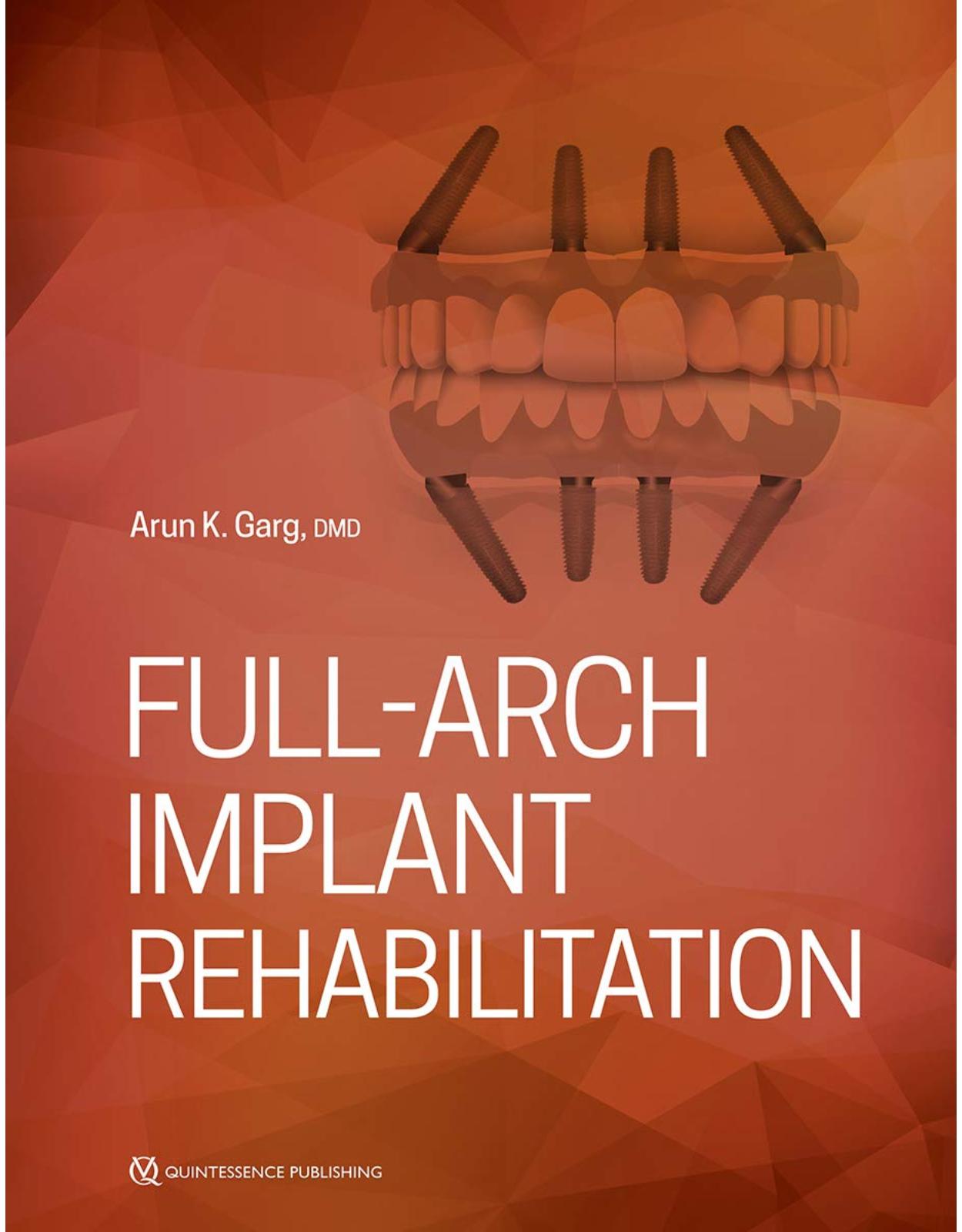
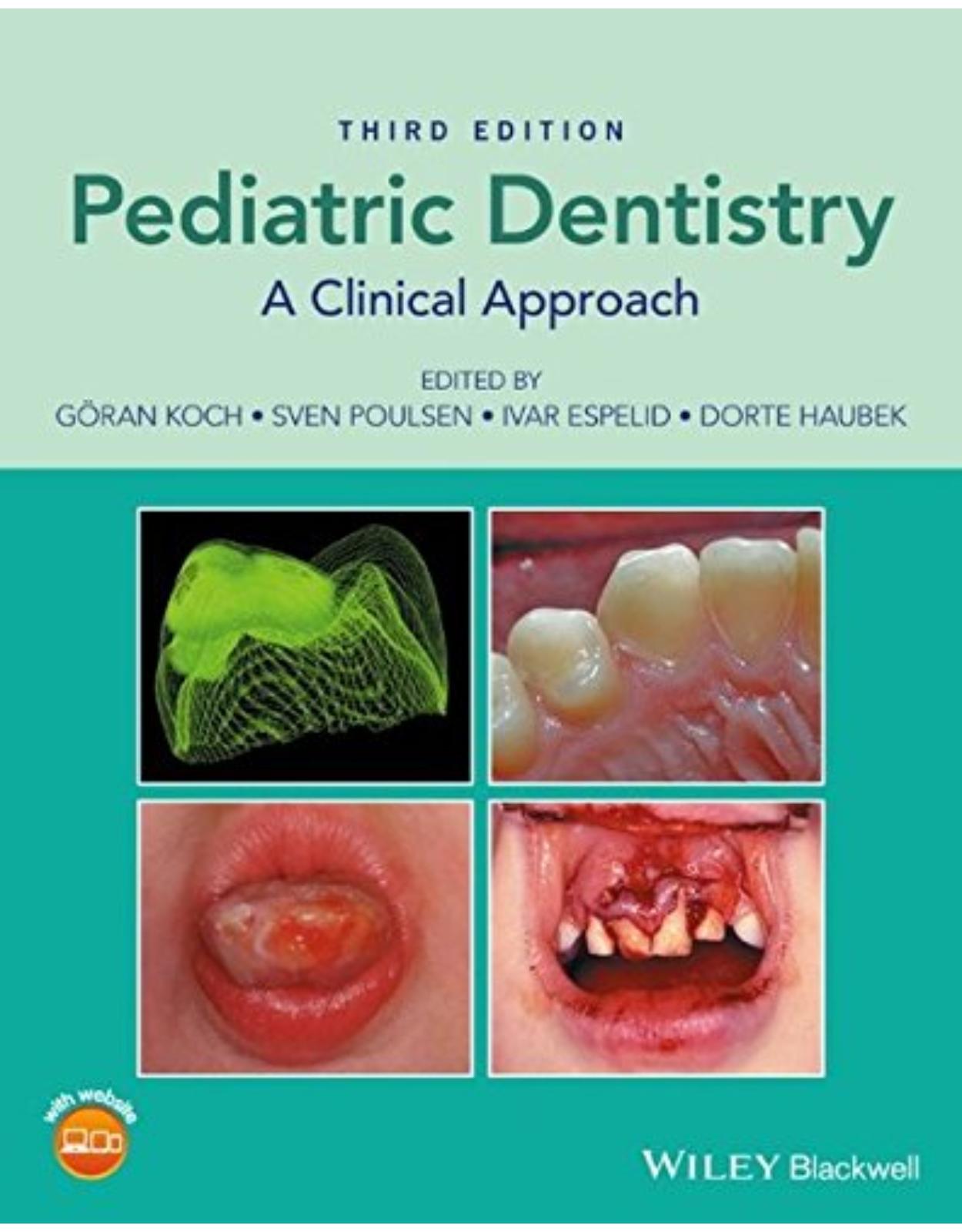
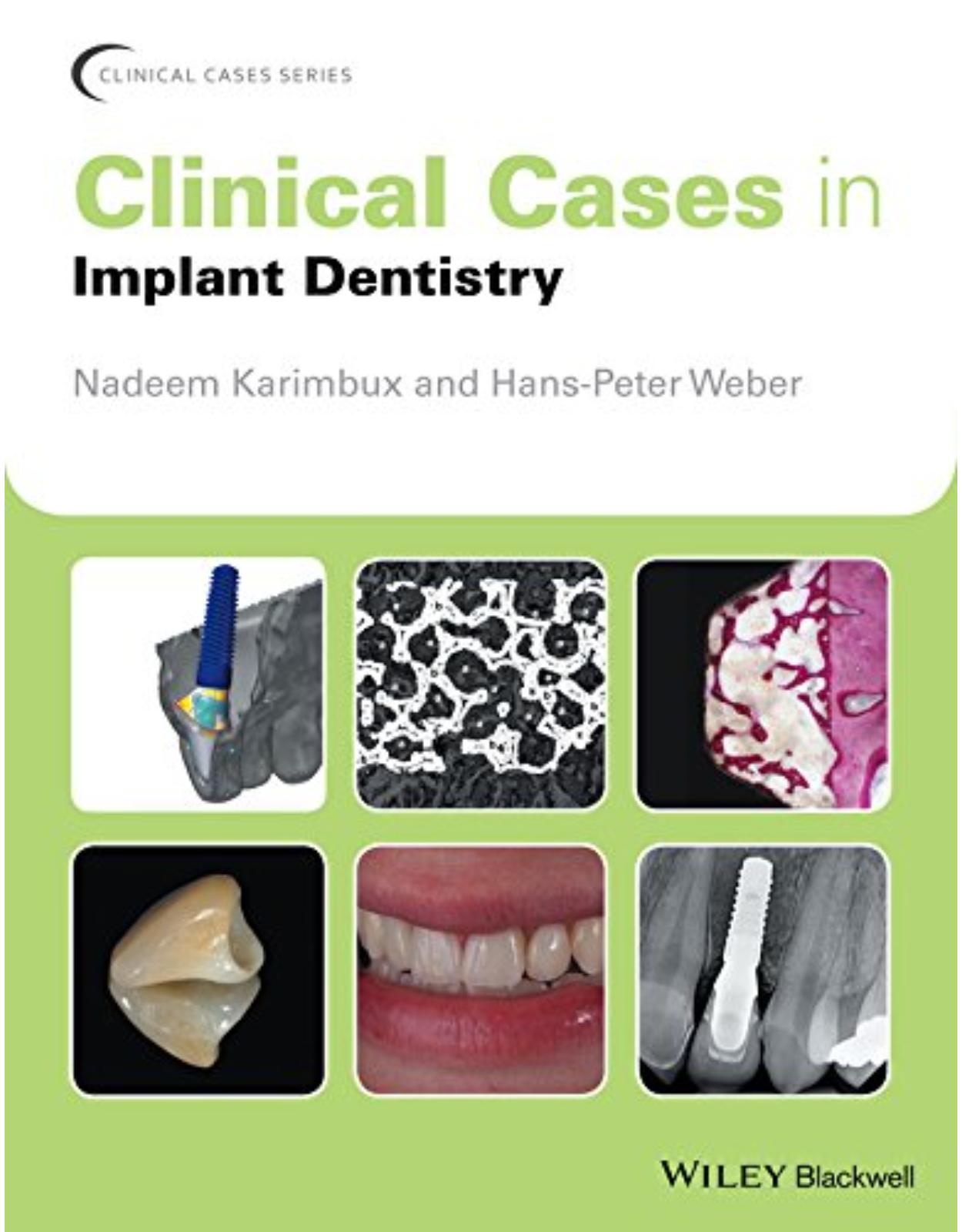
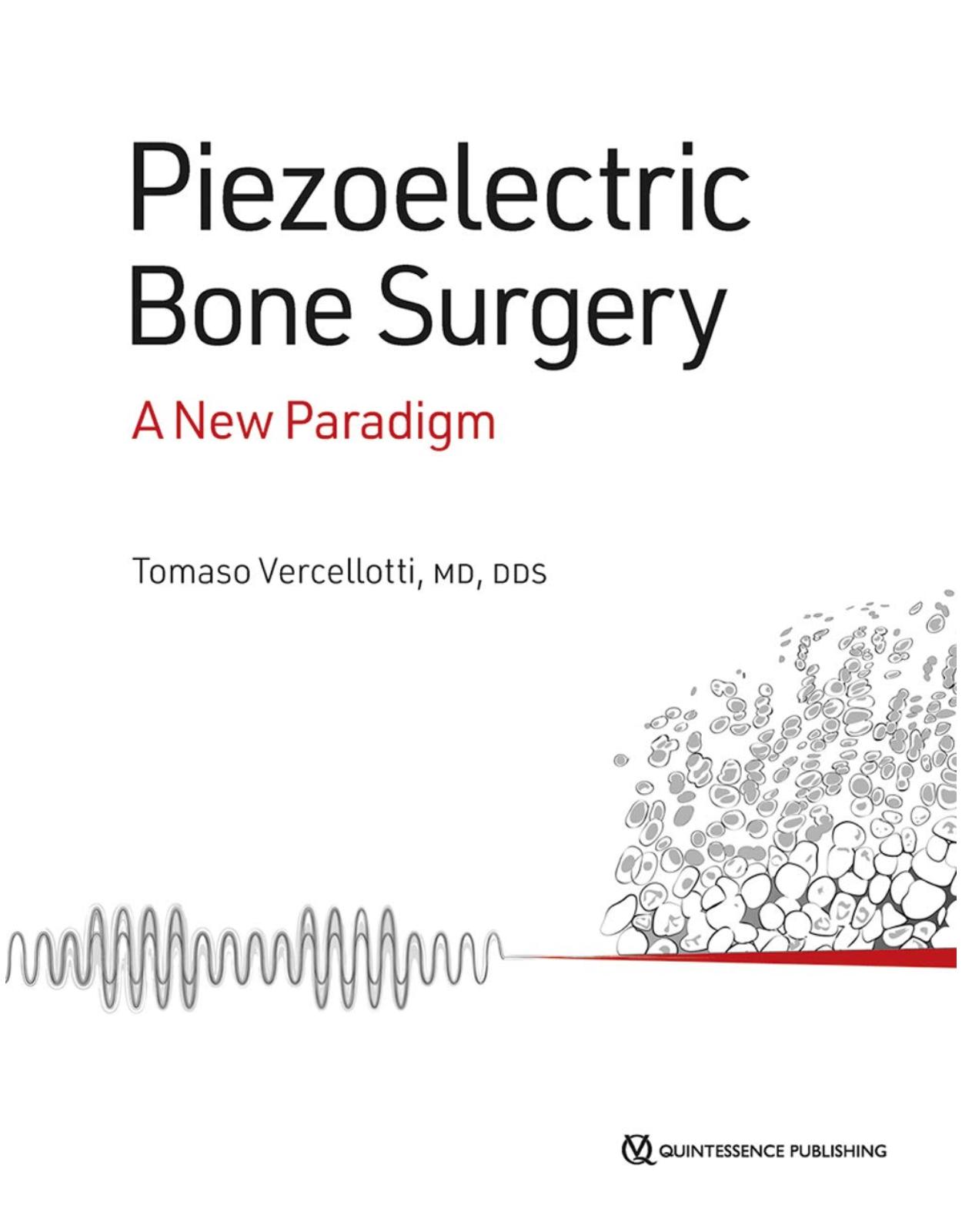
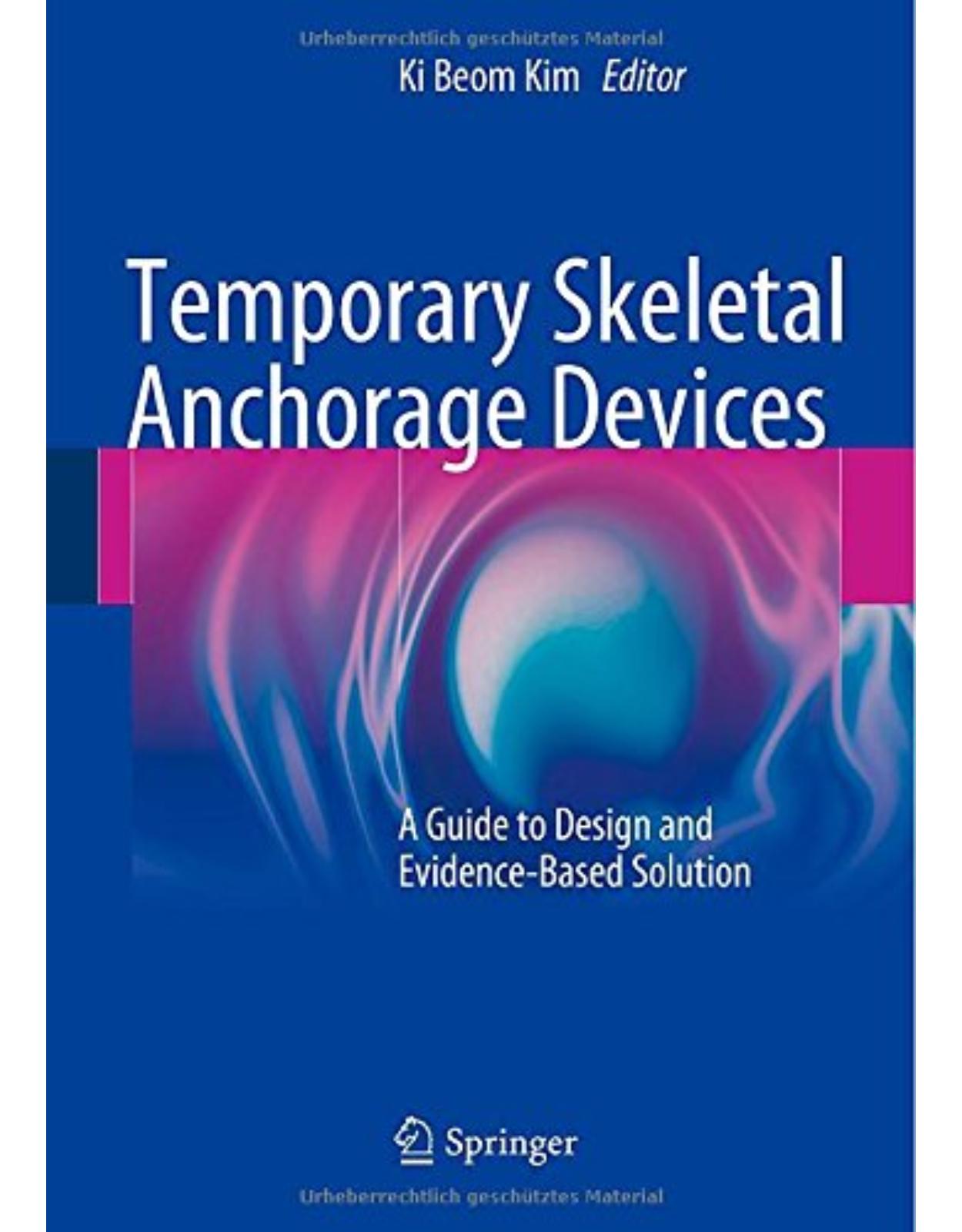
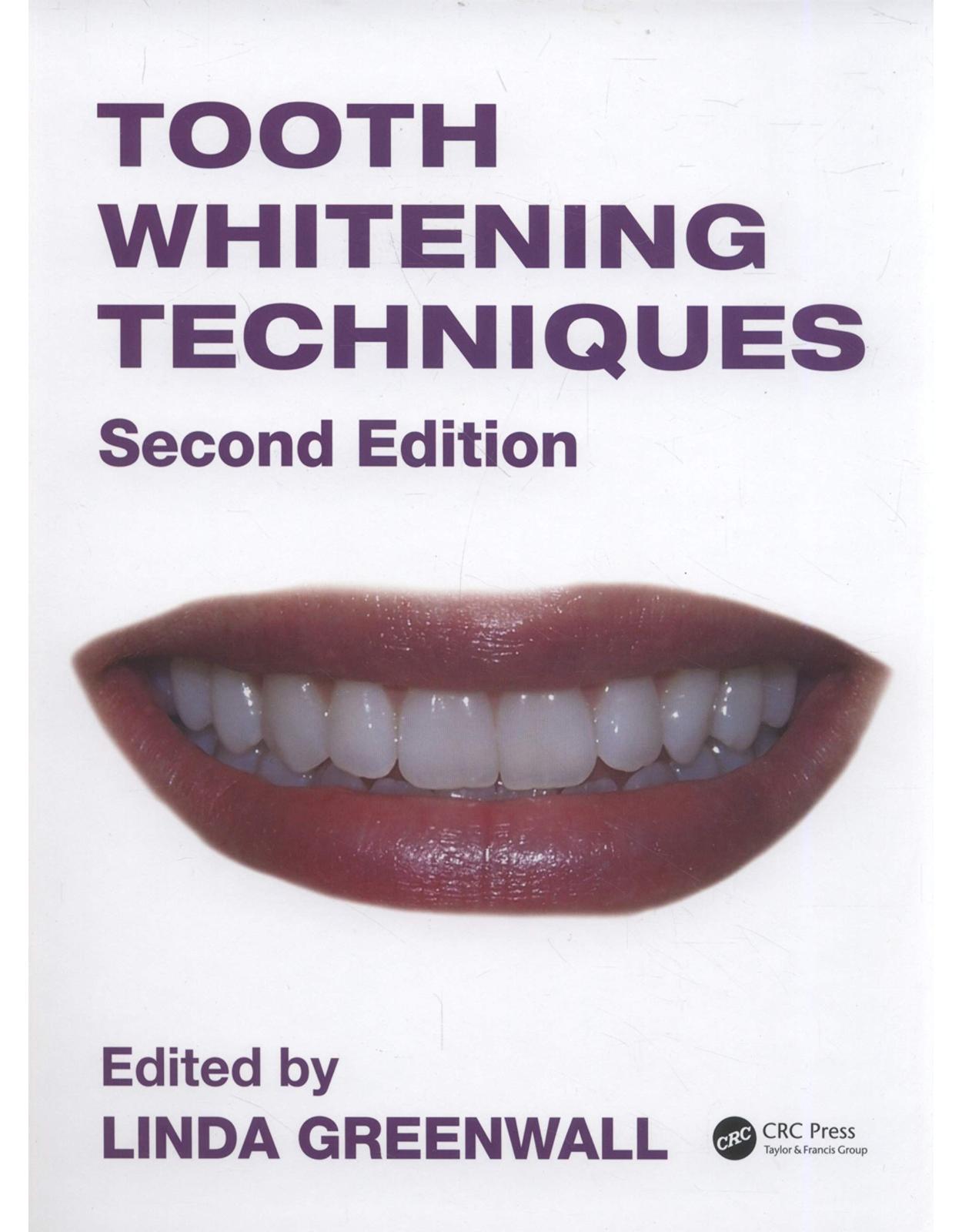
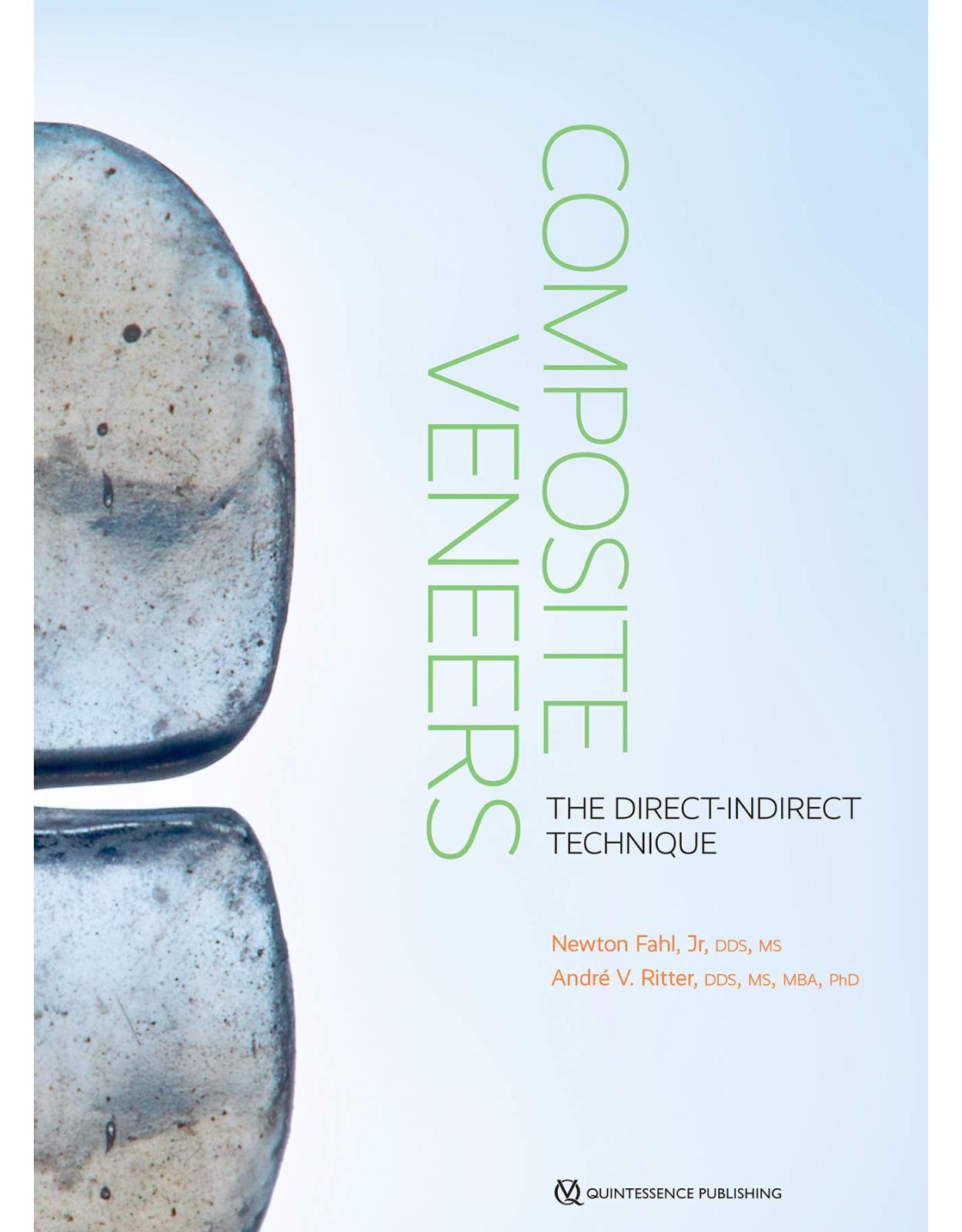
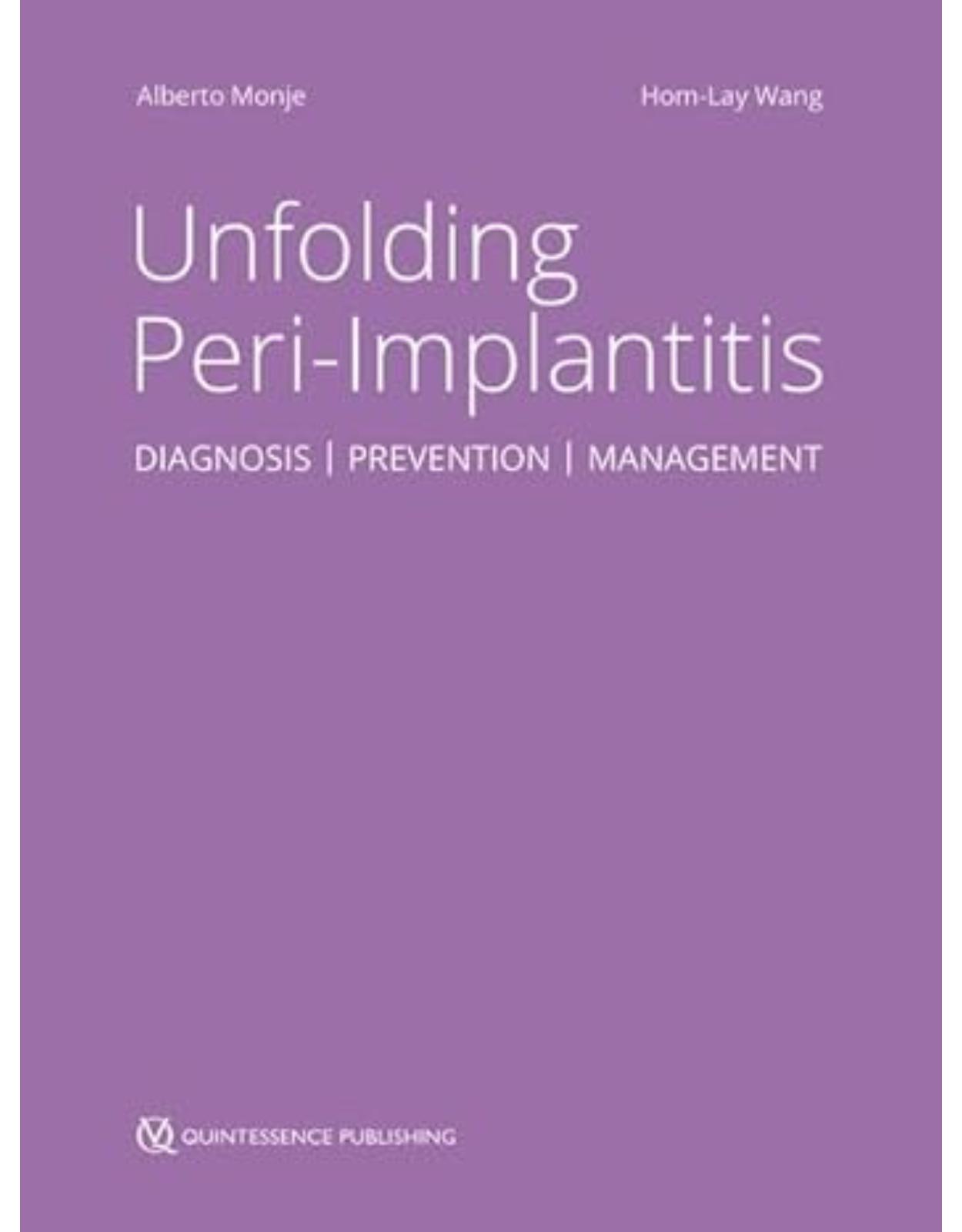
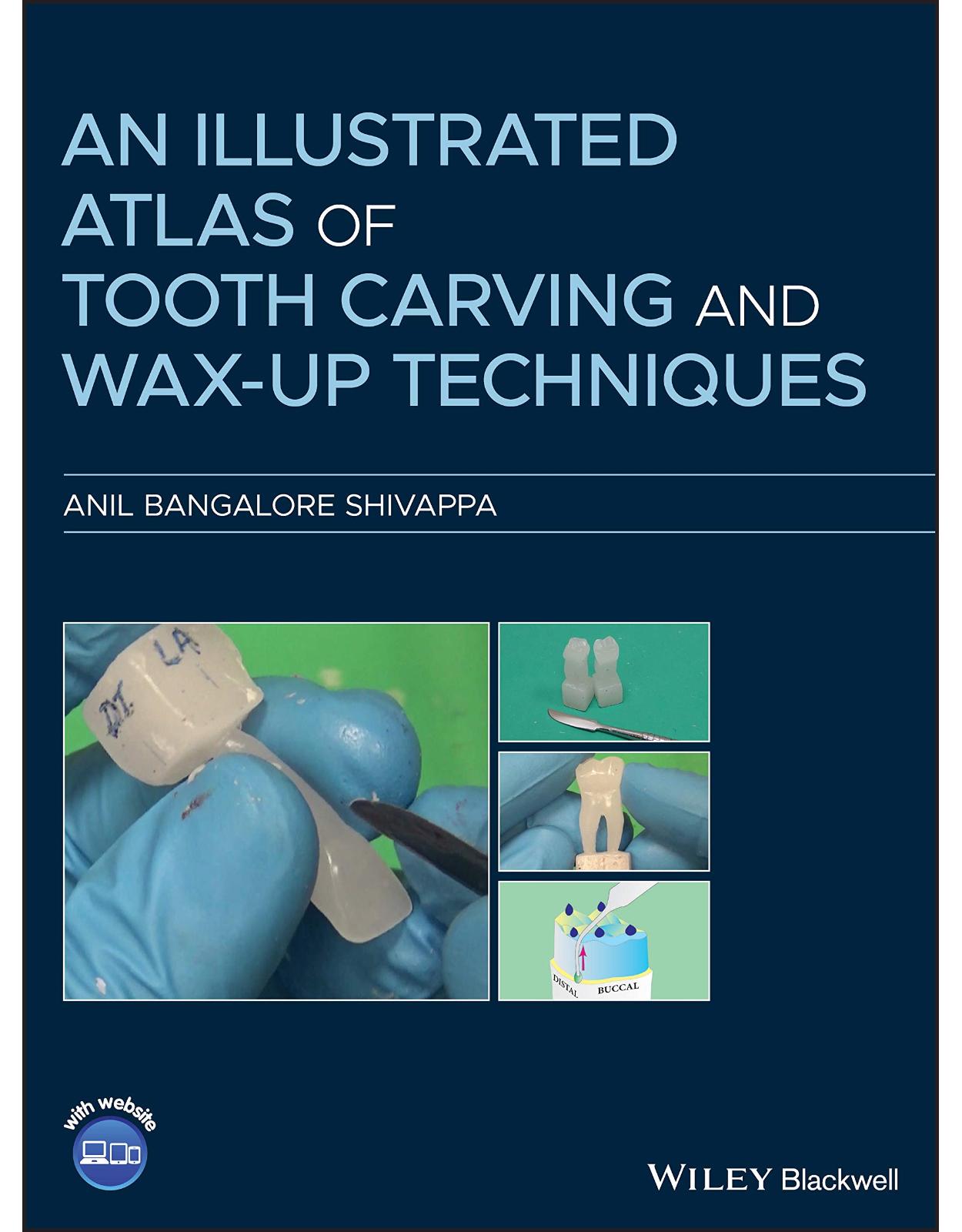
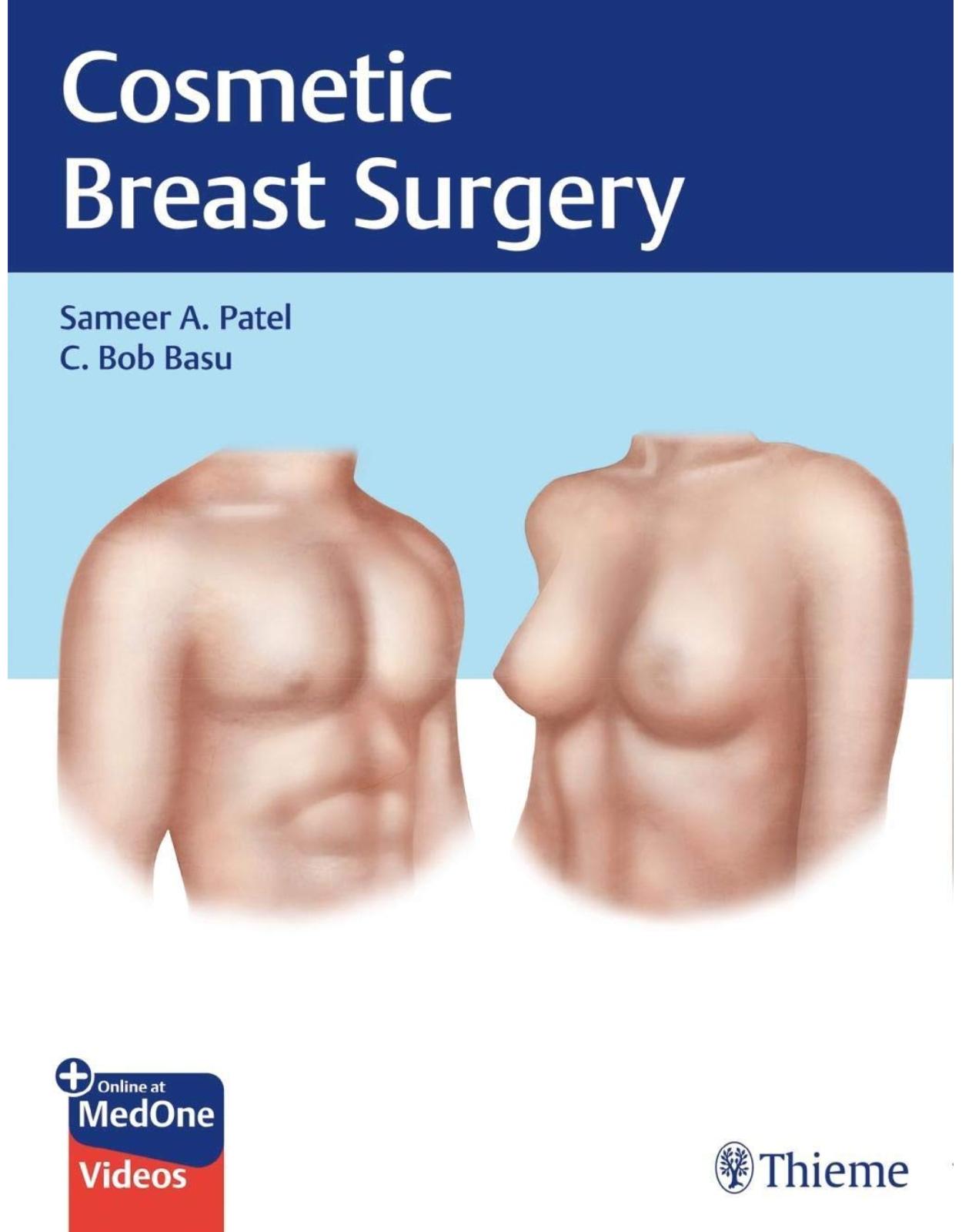
Clientii ebookshop.ro nu au adaugat inca opinii pentru acest produs. Fii primul care adauga o parere, folosind formularul de mai jos.